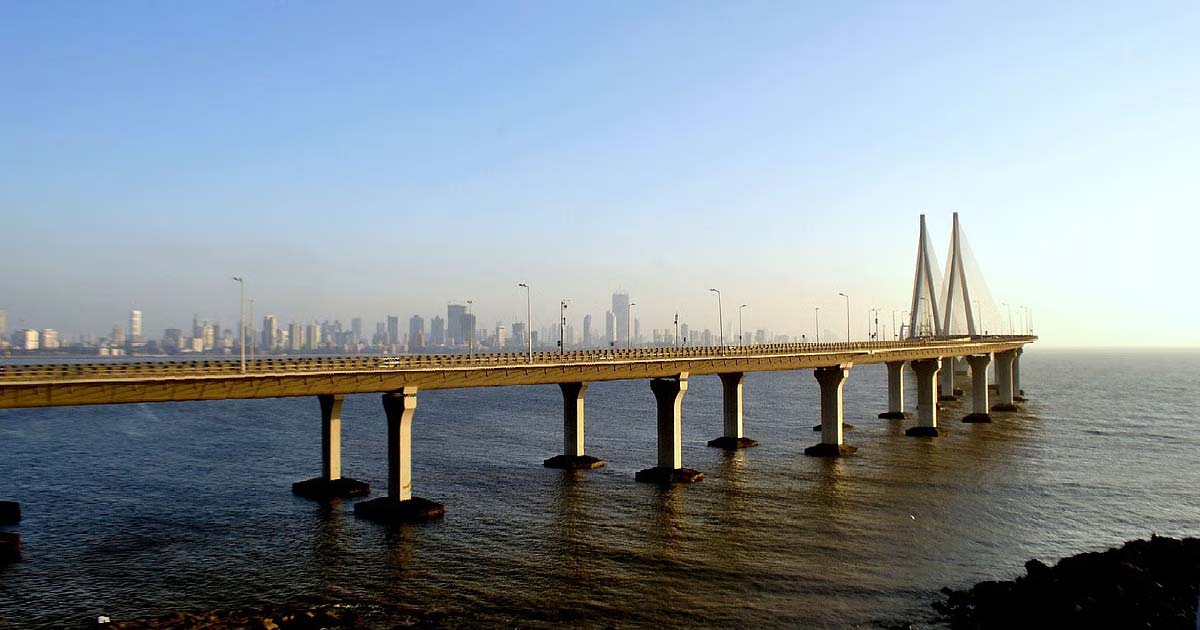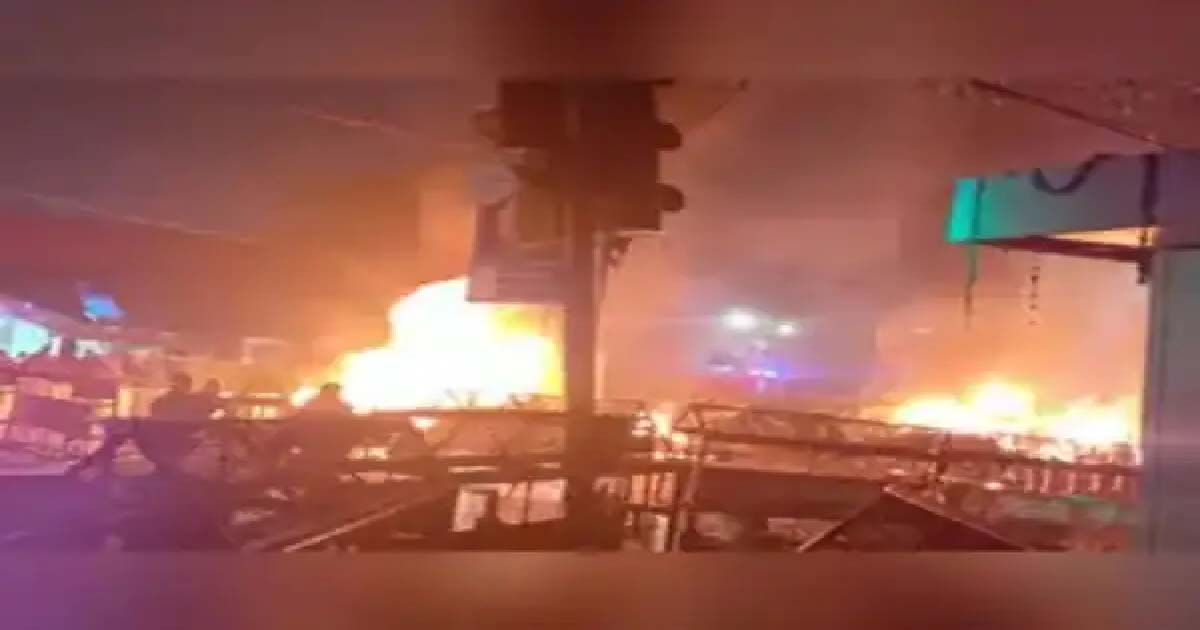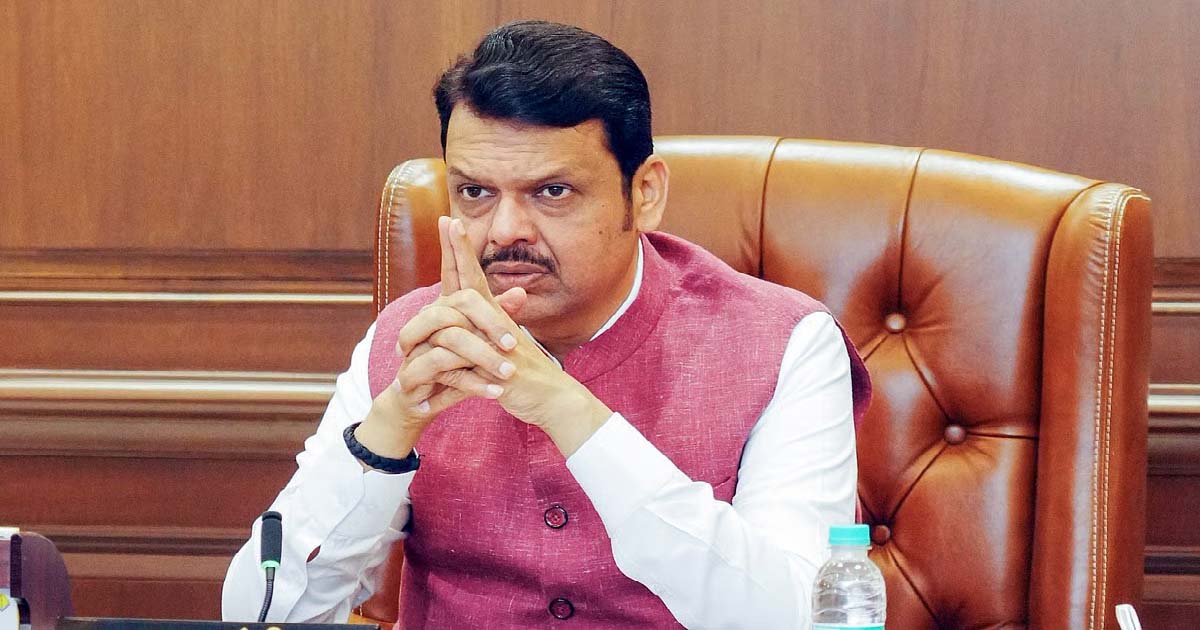National News
Government Cracks Down on OTT Platforms Over Obscene Content

New Delhi, July 25, 2025 — In a significant move targeting explicit digital content, the Government of India has taken steps to block several over-the-top (OTT) platforms accused of streaming obscene and vulgar material. Platforms such as ALTBalaji, ULLU, and a few others have come under the scanner for allegedly violating Indian content regulations and societal norms.
The Ministry of Information and Broadcasting, acting on multiple complaints from citizens and civil society groups, initiated the ban after conducting an internal review. Authorities stated that certain shows and web series available on these platforms contained content that was “sexually explicit,” “vulgar,” and “not suitable for public viewing,” especially in households with children.
The decision has stirred a wider debate around content regulation and creative freedom in India’s rapidly growing digital entertainment sector. While officials maintain that the step was necessary to uphold decency standards and protect cultural values, critics warn of overreach and censorship.
A senior official said, “This is not about targeting creative freedom. This is about ensuring that OTT content does not cross legal and moral boundaries. There are clear guidelines, and platforms are expected to adhere to them.”
The platforms affected reportedly failed to comply with warnings issued earlier regarding their programming. Despite advisory notices and reminders to filter or restrict adult content, several web series continued to feature nudity, explicit scenes, and suggestive themes without proper age-gating or viewer discretion tools.
In recent years, OTT platforms have grown in popularity, especially among younger audiences, with many bypassing traditional film and TV regulations. The government had previously introduced a self-regulation framework for digital content providers, but critics say enforcement has been lax, leading to the current clampdown.
Some media rights advocates and artists expressed concern over the lack of transparency in the banning process and called for an independent review mechanism. Others, however, welcomed the move, stating that unchecked access to graphic content could have a detrimental effect on social behavior and minors.
As of now, the banned platforms remain inaccessible in India. The Ministry has hinted at further actions if other OTT providers do not align their content with the prescribed code of ethics and IT rules.
This development marks a turning point in India’s digital media regulation and sets the stage for possible stricter content monitoring across streaming platforms in the future.
National News
Mumbai Weather Update: City Wakes Up To Sunny Skies, Cold Breeze; AQI Remains In Poor Category At 190

Mumbai: The city greeted Tuesday morning under clear skies laced with a thin veil of smog, as cold breezes mixed with particulate haze blurred its skyline and reduced visibility across major pockets. From Bandra-Kurla Complex (BKC) to South Mumbai, a greyish hue lingered over the city’s skyline, signalling a sharp deterioration in air quality after a brief spell of improvement.
According to the India Meteorological Department (IMD), Mumbai will continue to experience clear skies throughout the day, though the early hours witnessed low visibility due to the smog blanket. Daytime temperatures are likely to hover around 33°C, while the minimum is expected to dip to around 19°C, adding a winter-like chill to the morning air.
The worsening air quality comes just days after the city enjoyed a short respite when heavy rainfall had briefly cleaned the atmosphere. The downpour had washed away pollutants, improving both humidity and particulate matter levels. However, the relief proved temporary as the city’s Air Quality Index (AQI) surged back to poor and unhealthy levels within a week.
As per fresh data released by AQI.in on Tuesday morning, Mumbai’s overall AQI stood at 190, categorised as poor. This marks a steep decline from the good-to-moderate levels recorded earlier this month. Several residents reported hazy horizons and a faint burning odour during morning hours, common indicators of rising fine particulate concentrations (PM2.5).
Among the city’s key monitoring zones, Chembur reported the worst air with an AQI of 257, placing it in the unhealthy category. It was closely followed by BKC (237) and Vile Parle West (233). Other areas such as Kurla (223) and Chakala (210) also registered worrying pollution levels.
In comparison, the western suburbs fared slightly better. Kandivali East recorded an AQI of 95 (moderate), while Malad West (153), Borivali East (157), Santacruz East (163) and Mumbai Airport (167) remained between moderate and poor levels. Despite marginal differences, most of the city continued to be enveloped in smog.
According to AQI classifications, readings between 0–50 are considered Good, 51–100 Moderate, 101–150 Poor, 151–200 Unhealthy, and anything beyond 200 falls under Severe or Hazardous. With pollution levels once again on the rise, health experts have advised Mumbaikars to restrict outdoor activities, especially during early mornings and late evenings and to use protective masks while commuting.
Crime
A powerful explosion near Delhi’s Red Fort… High alert across Delhi after the blast; 8 people killed; forensic team arrives at the scene.

New Delhi: A car explosion near Gate No. 1 of the Red Fort Metro Station on Monday evening caused widespread panic. The force of the blast was so intense that a part of the car landed on the Lal Mandir, located near the Red Fort. The temple’s glass shattered, and doors and windows of several nearby shops were damaged. Several people were reported injured in the incident.
Immediately after the blast, fires were reported in nearby shops. Tremors were felt as far as the Bhagirath Palace area of Chandni Chowk, and shopkeepers were seen calling each other to inquire about the situation. Several buses and other vehicles were also reported to have caught fire.
The fire department received a call about the car explosion in the evening. Following this, it immediately dispatched six ambulances and seven fire tenders to the scene. Relief and rescue operations are underway, and efforts are underway to control the fire.
The cause of the explosion is still unknown. Police have cordoned off the area, and investigating agencies are gathering evidence at the scene. Initial reports suggest the explosion occurred in a car, but its nature and cause are still unclear. Security has been increased throughout the Red Fort and Chandni Chowk areas following the incident.
National News
Maharashtra CM Devendra Fadnavis Orders World-Class Facilities, AI-Based Security At Jyotirlinga Temples

Mumbai: Maharashtra Chief Minister Devendra Fadnavis on Monday directed officials to ensure world-class facilities and a state-of-the-art integrated AI-based security system for devotees visiting Jyotirlinga shrines in the state.
During a meeting held at Varsha, his official residence, Fadnavis reviewed the development plans for the Bhimashankar Temple in Pune district, Aundha Nagnath Temple in Hingoli, and Grishneshwar Temple in Chhatrapati Sambhajinagar.
“Jyotirlinga temples attract a large number of devotees throughout the year. Therefore, the development plans should be comprehensive and focused on creating excellent facilities and ensuring security,” he said.
The chief minister instructed officials to accelerate ongoing works and plan new ones effectively.
“An advanced, AI-based integrated security system should be developed to safeguard devotees and provide an immediate response during emergencies,” he said.
Fadnavis further said that facilities such as waiting halls, drinking water, accommodation, internal roads, cleanliness measures, information boards, tourist facilitation centres, parking management, emergency response systems, health facilities and eateries should be strengthened.
He emphasised that temple managements follow strict norms and residents and administrative bodies should be involved in planning and execution.
“Tourism projects that promote environmental conservation and local employment must be implemented quickly,” he said.
The chief minister said that the development plans presented at the meeting will receive funding after approval by a high-level committee, and he asked officials to organise a separate meeting with the Central government to secure clearances from the Archaeological Survey of India (ASI).
-

 Crime3 years ago
Crime3 years agoClass 10 student jumps to death in Jaipur
-

 Maharashtra1 year ago
Maharashtra1 year agoMumbai Local Train Update: Central Railway’s New Timetable Comes Into Effect; Check Full List Of Revised Timings & Stations
-

 Maharashtra1 year ago
Maharashtra1 year agoMumbai To Go Toll-Free Tonight! Maharashtra Govt Announces Complete Toll Waiver For Light Motor Vehicles At All 5 Entry Points Of City
-

 Maharashtra1 year ago
Maharashtra1 year agoFalse photo of Imtiaz Jaleel’s rally, exposing the fooling conspiracy
-

 National News1 year ago
National News1 year agoMinistry of Railways rolls out Special Drive 4.0 with focus on digitisation, cleanliness, inclusiveness and grievance redressal
-

 Maharashtra12 months ago
Maharashtra12 months agoMaharashtra Elections 2024: Mumbai Metro & BEST Services Extended Till Midnight On Voting Day
-

 National News1 year ago
National News1 year agoJ&K: 4 Jawans Killed, 28 Injured After Bus Carrying BSF Personnel For Poll Duty Falls Into Gorge In Budgam; Terrifying Visuals Surface
-

 Crime1 year ago
Crime1 year agoBaba Siddique Murder: Mumbai Police Unable To Get Lawrence Bishnoi Custody Due To Home Ministry Order, Says Report












